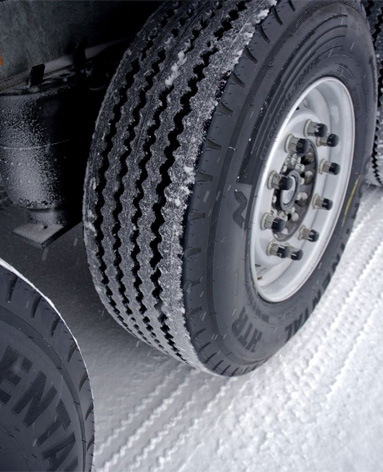12 月 . 05, 2024 20:00 Back to list
Understanding Handbrake Drum Brakes and Their Importance in Vehicle Safety
Understanding Handbrake Drum Brakes Functionality and Maintenance
Handbrake drum brakes, also known as parking brakes or emergency brakes, play a crucial role in the safety and functionality of modern vehicles. While most of us are aware of their existence, not many fully understand how they operate or the importance of their maintenance. This article delves into the mechanics of handbrake drum brakes, their advantages, potential issues, and maintenance tips to ensure they function optimally.
How Handbrake Drum Brakes Work
At the most basic level, a handbrake drum brake system consists of several key components the brake drum, brake shoes, and the handbrake lever. When you pull the handbrake lever, a series of linkages and cables create tension, pushing the brake shoes outward against the inner surface of the drum. This friction between the shoes and drum slows down the vehicle, effectively preventing it from rolling, especially on inclines.
Unlike regular hydraulic brakes that engage the brake pads against the disc, drum brakes utilize a enclosed drum structure that allows for more significant surface contact and, consequently, higher friction. This makes drum brakes particularly effective for parking situations, as they can hold a vehicle in place without the risk of slipping.
Advantages of Handbrake Drum Brakes
One of the key benefits of handbrake drum brakes is their simplicity and cost-effectiveness
. The drum brake system is generally less expensive to manufacture and install than disc brakes, making it a popular choice for many manufacturers, especially in rear brake configurations. Moreover, drum brakes tend to provide better torque and are less likely to fade under prolonged use, making them ideal for parking safety.Additionally, the enclosed design of the drum protects the brake components from environmental factors such as dirt, moisture, and debris. This can lead to longer service life compared to exposed disc systems, particularly in challenging weather conditions.
Common Issues with Handbrake Drum Brakes
Despite their advantages, handbrake drum brakes are not without their problems. Over time, the brake shoes can wear out due to friction, leading to decreased effectiveness when the handbrake is engaged. A common sign of worn shoes is a noticeable decrease in resistance when pulling the handbrake lever or a grinding noise when engaging the brake.
Another issue can arise from cable corrosion or stretching. If the cable becomes rusty or frayed, it may not effectively pull the brake shoes into contact with the drum, resulting in slippage. Regularly inspecting the cable for signs of wear is essential for maintaining optimal performance.
handbrake drum brakes

Improper adjustment of the handbrake system can also lead to issues. Many vehicles allow for manual adjustment of the handbrake tension, and if not correctly calibrated, the system may engage too loosely or too tightly, compromising safety.
Maintenance Tips for Handbrake Drum Brakes
To ensure that handbrake drum brakes remain functional and safe, regular maintenance is crucial. Here are some tips to consider
1. Regular Inspections It’s advisable to inspect the handbrake system periodically, ensuring all components are in good condition and functioning correctly.
2. Check Brake Shoes When you perform routine brake maintenance, check the wear and tear on the brake shoes. If they are nearing the end of their life, replace them promptly to maintain grip.
3. Lubricate Moving Parts Apply proper lubricant to moving parts within the brake assembly to prevent rust and ensure smooth operation. This includes the handbrake lever pivot and the cable mechanism.
4. Adjust Tension Periodically check the tension on the handbrake. If it feels too loose or tight, consult your vehicle’s service manual on how to adjust it correctly.
5. Pay Attention to Performance Always gauge the effectiveness of your handbrake. If you notice any unusual sounds, slippage, or reduced performance, schedule a mechanic's inspection immediately.
Conclusion
The handbrake drum brake system is a vital safety feature in any vehicle. Understanding how it works, recognizing potential issues, and implementing a maintenance routine can significantly enhance your driving safety and comfort. By taking the time to care for this often-overlooked system, you can ensure that your vehicle remains secure when parked, ready for your next journey.
-
Brake Drum for Kamaz Trucks Durable OEM Replacement & High Performance
NewsMay.30,2025
-
Brake Drum Man High-Quality Drum Brake & Shoe Solutions
NewsMay.30,2025
-
High-Performance Brake Drum for Kamaz Trucks Durable Drum Brake Components
NewsMay.29,2025
-
Brake Drum Man High-Quality Drum Brake Drums & Brake Shoes
NewsMay.29,2025
-
Brake Drum MAZ High-Performance & Durable Replacement Parts
NewsMay.29,2025
-
heavy truck brake drums
NewsMar.07,2025
